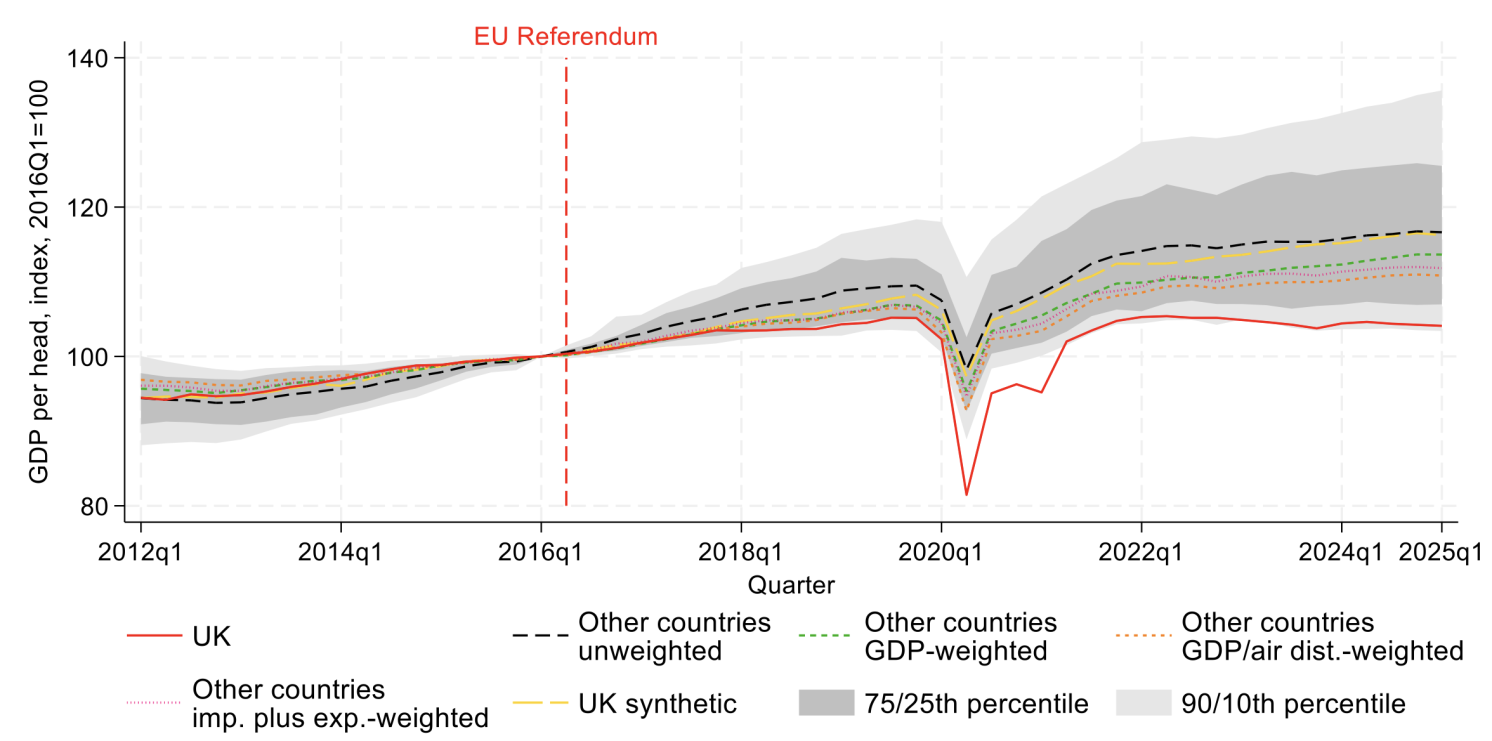Asset allocation is the process of allocating an investment portfolio among different asset classes, such as stocks, MF, bonds, gold, FD, cash etc. The goal is to create a diversified portfolio that may help to reduce risk and maximise returns. By investing in a variety of assets that are not closely correlated, investors can potentially earn higher returns with lower risk than if they were to invest in just one asset class.
One of the key benefits of asset allocation is risk reduction. By spreading your investments across different asset classes, you can minimise the impact of any one investment’s poor performance on your overall portfolio. For example, if the stock market experiences a downturn, a portfolio that includes FD, bonds and cash may help to offset the losses and provide some stability.
Another benefit of asset allocation is the ability to take advantage of different market conditions. Each asset class performs differently in various economic environments. For example, stocks tend to perform well during periods of economic growth, while bonds may typically be more stable during economic downturns. By having a diversified portfolio, you can potentially benefit from market upswings while minimising losses during downturns.
Determining the optimal asset allocation for your portfolio depends on several factors, such as your age, investment goals, risk tolerance, time horizon, etc. Young investors with a longer time horizon may be more comfortable taking on more risk, while old investors nearing retirement may prefer a more conservative allocation. It’s important to regularly review your asset allocation and adjust it as needed to ensure that it remains aligned with your investment goals.
Rebalancing is an important part of maintaining a well-diversified portfolio. This involves periodically adjusting your asset allocation to bring it back in line with your target allocation.
According to a study by Vanguard, asset allocation is responsible for up to 90% of a portfolio’s returns over the long term, while individual security selection and market timing account for only 10%.The growth of exchange-traded funds (ETFs) and index mutual funds has made it easier for investors to achieve a diversified portfolio. These funds allow investors to buy units of a mutual fund scheme that holds a basket of assets, providing instant diversification.
According to a study by Morningstar, asset allocation was responsible for 71.5% of the variation in portfolio returns among U.S. mutual funds between 1997 and 2016. Individual security selection accounted for only 11.4% of the variation, while market timing contributed just 0.6%.
A study by J.P. Morgan found that investors who stayed fully invested in the stock market between 1995 and 2014 achieved an annualised return of 9.9%. However, investors who missed just the 10 best days in the market during that time period saw their returns drop to 6.1% p.a.
According to a study by CRISIL, a well-diversified portfolio with a mix of equity, debt, and gold outperformed a portfolio consisting solely of equities between 2003 and 2017. The diversified portfolio returned an annualized 12.4%, while the equity-only portfolio returned 10.6%.
A report by the Association of Mutual Funds in India (AMFI) found that equity mutual funds in India outperformed bank fixed deposits by an average of 8.36% per year between 2000 and 2020. However, mutual fund returns can be volatile and are subject to market risks. Further, fixed deposits are insured upto Rs 5 lakh by DICGC however there is no such cover available for mutual funds.
A study by S&P Dow Jones Indices found that Indian equities have historically been more volatile than developed market equities. As a result, a portfolio with a mix of Indian and developed market equities could potentially provide better diversification and risk-adjusted returns.
In conclusion, asset allocation is a crucial aspect of investing. By diversifying your portfolio across different asset classes and regularly reviewing and adjusting your allocation, you can potentially maximize returns while minimizing risk. Taking the time to develop a sound asset allocation strategy may help you achieve your investment goals over the long term.
Views are personal: The author Dharmendra Kumaar Pandey is the Founder and CEO of BigWallet Prime Wealth LLP
Disclaimer: The views expressed are of the author and are personal in nature. TAMPL may or may not subscribe to the same. The views expressed in this article / video are in no way trying to predict the markets or to time them. The views expressed are for information purposes only and do not construe to be any investment, legal or taxation advice. Any action taken by you on the basis of the information contained herein is your responsibility alone and Tata Asset Management will not be liable in any manner for the consequences of such action taken by you. Please consult your Mutual Fund Distributor and financial advisor before investing. There are no guaranteed or assured returns under any of the scheme of Tata mutual Fund.
Mutual Fund investments are subject to market risks, read all scheme related documents carefully.





































